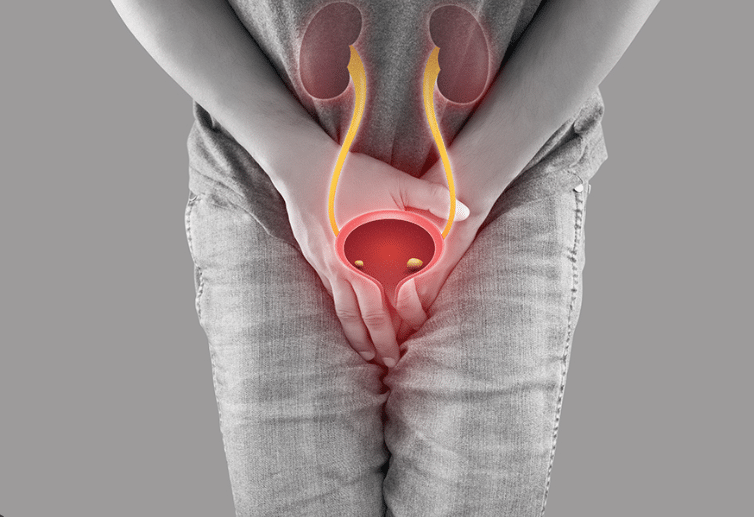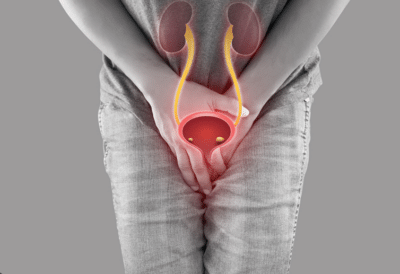Stoma Care
What is Incontinence
Addressing the Stigma around Incontinence
Incontinence, a common medical condition affecting people of all ages, is often shrouded in silence and stigma. This stigma not only hinders individuals from seeking necessary medical attention but also perpetuates misconceptions and misunderstandings about a condition that millions of people face daily. In this comprehensive guide, we will delve into the world of incontinence, explore the reasons behind its stigma, and discuss ways to break down these barriers and promote understanding.
Understanding Incontinence
Before we address the stigma surrounding incontinence, it’s essential to understand the condition itself. Incontinence refers to the loss of bladder or bowel control, leading to the unintentional release of urine or faeces. It can manifest in various forms, including stress incontinence, urge incontinence, and functional incontinence.
The Pervasive Stigma
Despite its prevalence, incontinence remains a highly stigmatized issue. Here are some factors contributing to this stigma:
Social Taboos:
Society often equates continence with personal hygiene and self-control. Incontinence challenges these norms, leading to shame and embarrassment.
Aging Stereotypes:
Incontinence is commonly associated with aging, leading to age-related stereotypes and discrimination.
Gender Bias:
Women, in particular, experience gender bias, as incontinence is often linked to childbirth and pregnancy.
Lack of Public Discourse:
Incontinence is rarely discussed openly in public, further perpetuating the silence around the condition.
The Impact of Stigma
Emotional Toll:
Individuals with incontinence often grapple with feelings of shame, embarrassment, and low self-esteem.
Social Isolation:
Fear of ridicule or accidents can lead to social withdrawal, limiting a person’s participation in daily activities and affecting their quality of life.
Healthcare Barriers:
Stigma may deter individuals from seeking medical help, delaying diagnosis and treatment, and potentially worsening their condition.
Breaking the Silence: Strategies to Combat Stigma
Addressing the stigma around incontinence requires a concerted effort from individuals, healthcare professionals, and society as a whole. Here are some effective strategies to combat the stigma:
Education and Awareness:
Promote accurate information about incontinence through educational campaigns, both in schools and the broader community. Dispelling myths is key to reducing stigma.
Open Dialogue:
Encourage open and non-judgmental conversations about incontinence within families and communities. Sharing personal experiences can foster empathy and understanding.
Support Networks:
Establish and participate in local or online support groups for individuals dealing with incontinence. These communities provide emotional support and shared coping strategies.
Empathy and Sensitivity:
Practice empathy and sensitivity when discussing incontinence. Avoid humour or insensitive comments, and offer support and understanding instead.
Healthcare Advocacy:
Healthcare professionals should proactively address incontinence with patients, provide treatment options, and offer resources for managing the condition.
Legislation and Policy:
Advocate for policies that ensure individuals with incontinence have access to necessary treatments, products, and support.
At the end, Incontinence is a prevalent condition that affects countless individuals, and it’s high time we addressed the stigma surrounding it. By fostering open conversations, spreading awareness, and offering compassion and support, we can collectively dismantle the barriers that perpetuate the stigma of incontinence. Let us work together to create a more inclusive and understanding society where individuals with incontinence can live their lives with dignity and without shame. Breaking the silence starts with us, and the time to act is now.




